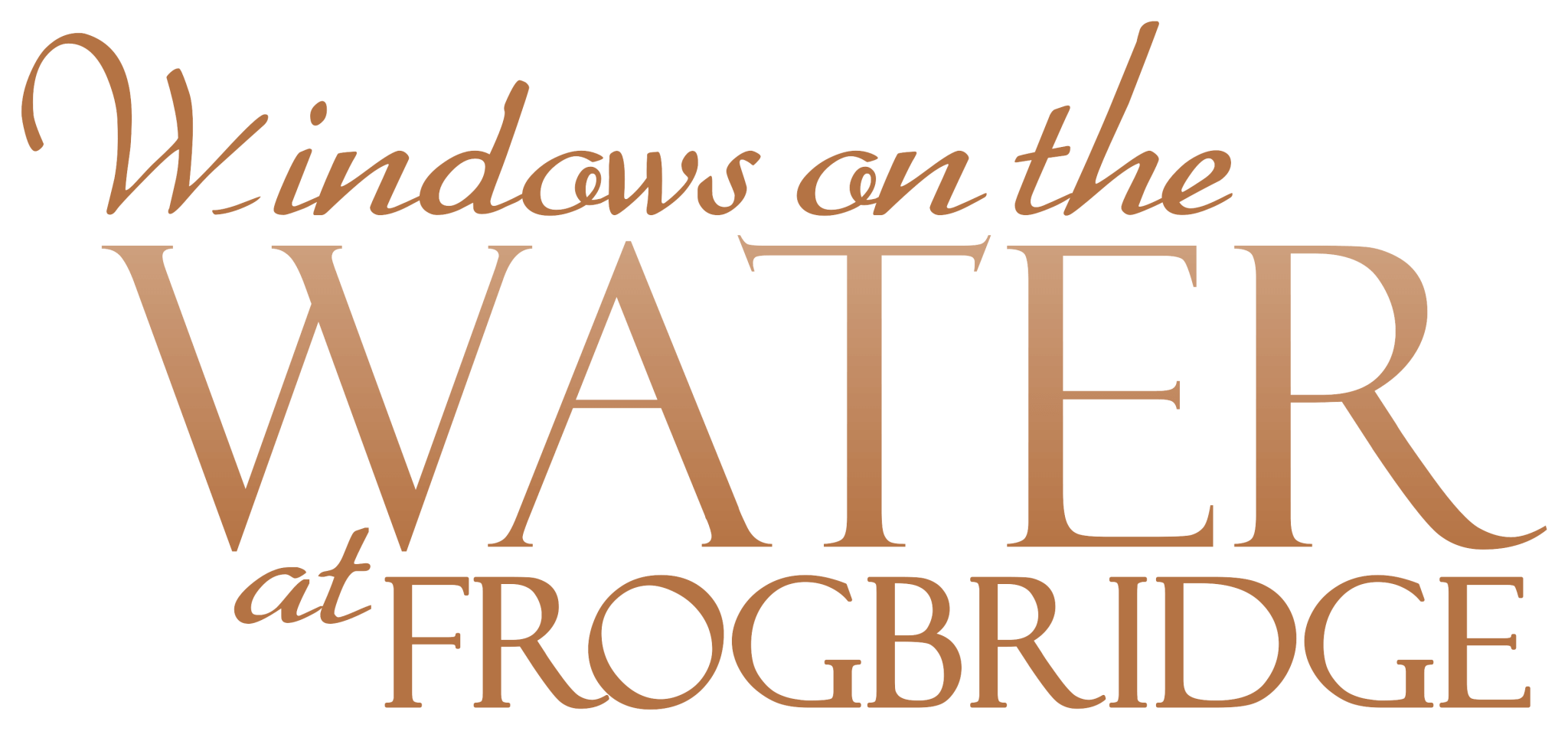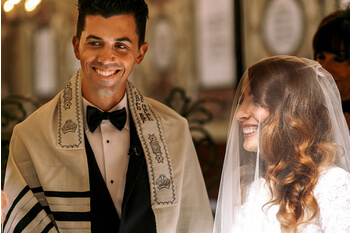If you’ve ever been to a traditional Jewish wedding, you might have noticed significant differences between them. If you’ve never been to a traditional Jewish wedding, well, we hope you get the chance – because they’re spectacular! While some are Reform and others strictly Orthodox, they both represent traditions with a lot in common.
Jewish Wedding Traditions
What Are Jewish Wedding Traditions Still Practiced Today?
If you’re planning a more traditional Jewish wedding, you have a lot to consider. You and your bride/groom can always modify these traditions with your Rabbi to fit your religious practice needs and style. To get started on planning, here are ten common Jewish Traditions to consider.
1) Fasting on the Wedding Day
As one of the more traditional practices, this ritual is meant to place a more significant and spiritual meaning to this most celebrated of days. The Jewish wedding day is considered to be one of forgiveness, similar to Yom Kippur, the Jewish Day of Atonement when fasting is also standard practice.
2) The Veiling Of The Bride
Also known as Bedeken, this tradition takes place before the ceremony starts. Stemming from the Bible story of Jacob marrying the wrong woman due to her veil, this tradition avoids such trickery for any other groom-to-be. During Bedeken, the groom covers his bride-to-be’s face with a veil. This signifies his love for not just her outward beauty, but also her beauty within.
3) Signing The Ketubah
This document stems from Jewish civil law – not from a religious context like most rituals. The bride and groom sign the ketubah as a prenuptial agreement detailing the groom’s promise to the bride, her protections, rights, and a framework for divorce if the marriage were to end. The document is signed by the couple and two witnesses right before the wedding ceremony begins.
4) Exchanging Vows Underneath The Chuppah
The chuppah is the canopy that the bride and groom stand under while exchanging vows. It’s often used interchangeably for the wedding ceremony itself. The chuppah has four corners with a roof that symbolizes the home that the couple will build together and is sometimes held up by friends and family members, or it can be designed to stand on its own. Like many parts of a Jewish wedding ceremony, this can be modified to fit the couple’s desire and religious needs.
5) Exchanging of Rings
Traditional Jewish wedding ceremonies dictate that the groom gives the bride a solid band, without any other embellishments, while he recites the Jewish marriage formula. The bride is not required to say anything, only to accept the ring. Nowadays, the bride often reciprocates this ritual and usually includes the couples’ written vows to each other as well – a ceremony borrowed from Western societies. This can be modified to fit the couple’s preference and taste.
6) Circling The Groom
During the ceremony under the chuppah, the bride traditionally walks in circles around the groom either three or seven times. This ritual has multiple meanings passed down over the centuries. A popular belief is that it’s meant to represent the beginning of their new family circle. In modern days, this circling can be done by just the bride, or the bride and groom together, or around each other – showing their independent and harmonizing paths.
7) The Seven Blessings
The Sheva B’rachot, also known as the Seven Blessings, relates to the power of love, joy, companionship, and celebration. These blessings come from ancient teachings and are often read in both Hebrew and English by friends and family members. These blessings begin over a cup of wine, then end with the bride and groom jubilating together with everyone involved.
8) Wine Is Key
Like the Sheva B’rachot blessings over a glass of wine, many traditional Jewish rituals drink wine to celebrate. Wine represents happiness in Jewish scriptures, so it has played a significant role in elated ceremonies.
9) The Breaking of Glass
At the end of the wedding ceremony, the groom receives glass wrapped in a cloth. He’s told to stomp on this glass, and nowadays, both the bride and the groom participate. This ritual holds different meanings for different people, but most say it represents the commitment that the two will stand together through times of both joy and sorrow throughout their marriage. When the glass shatters, everyone shouts out a happy, loud “Mazel Tov!” and the party begins!
10) The Seudah – A.K.A. Party Time!
The Seudah translates to “the feast” in Hebrew! It’s a time to dance, eat, drink, and be merry – this is the part that everyone attending looks forward to! The Jewish circle dance, known as the Horah, is when the bride and groom are lifted into the air on chairs while friends and family dance around in a circle. The significance of these celebratory dances is to place the new couple in the center of the Jewish community and to bring joy, love, and happiness into their newly founded union.
Planning Your Traditional Jewish Wedding in New Jersey
There are lots to consider when planning a traditional Jewish wedding. At Windows on the Water, we meticulously plan every detail to create the wedding of your dreams. Your ceremony and celebration can go to either end of the more-traditional or non-spectrum, and our wedding planners will ensure that whatever style you choose, it suits you and your partner’s needs for a day you will treasure for the rest of your life.
Give us a call today to see why Windows on the Water is the wedding venue for you. Call us at 609-208-9475 or contact us online. We look forward to planning with you soon!

